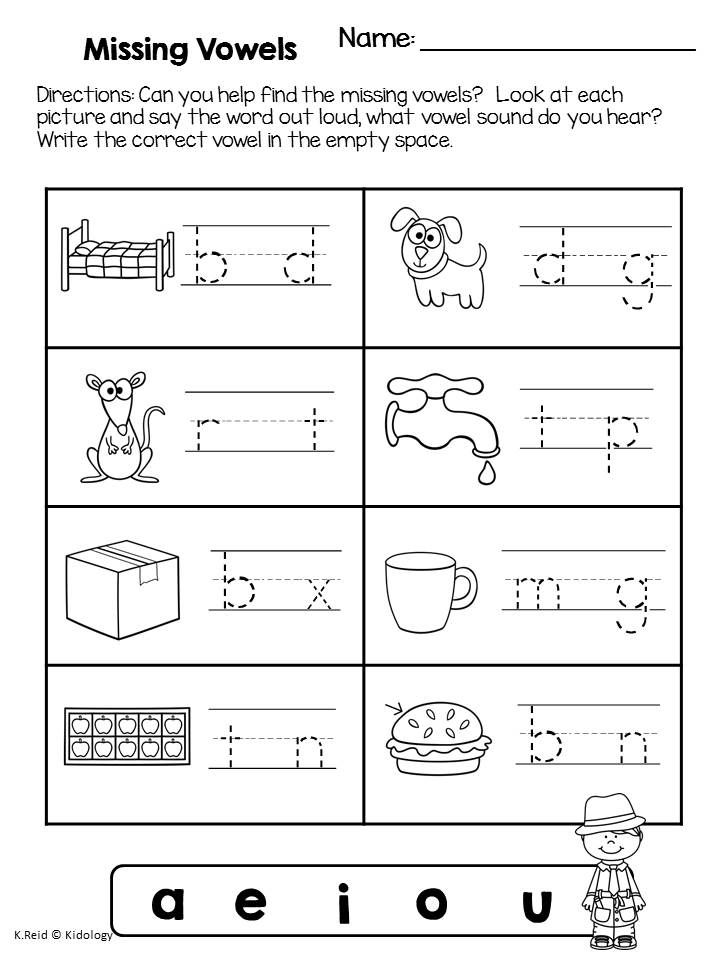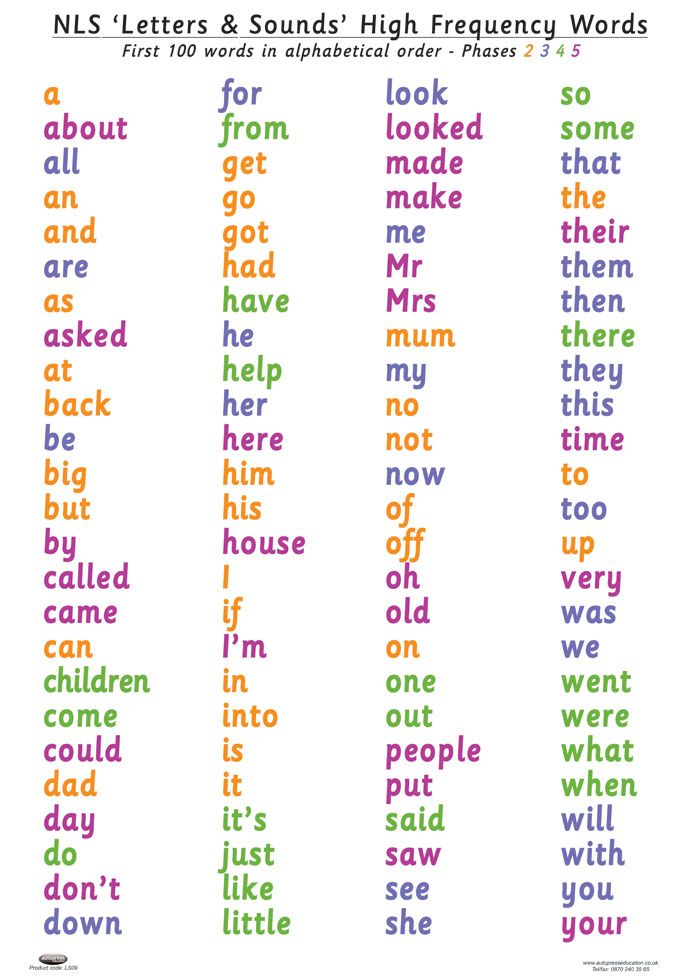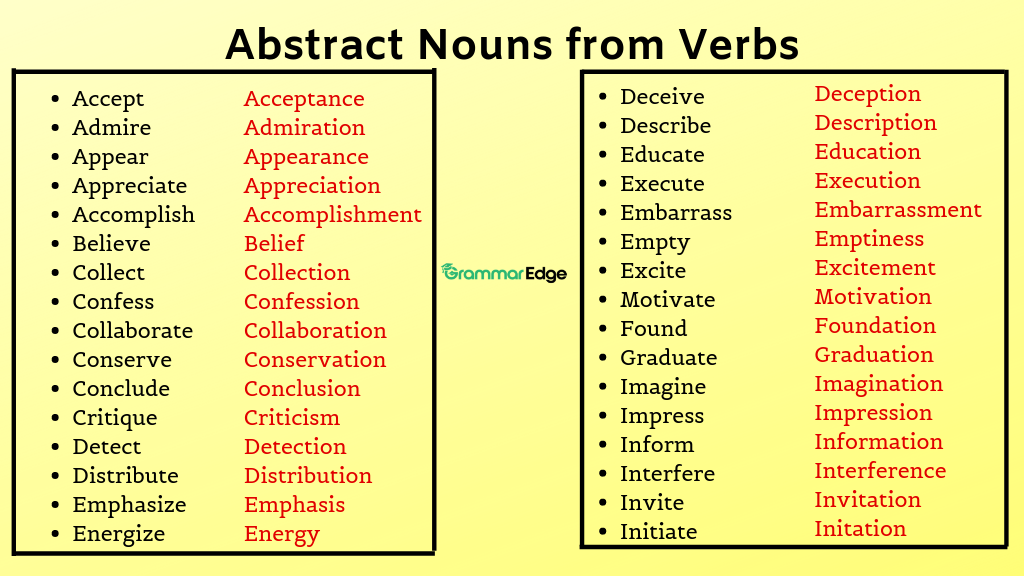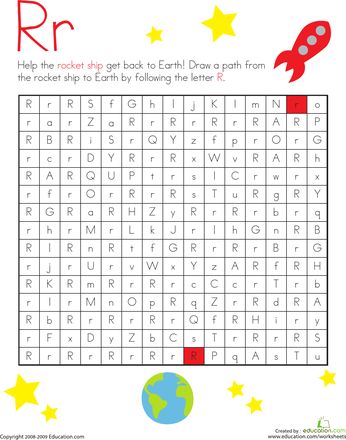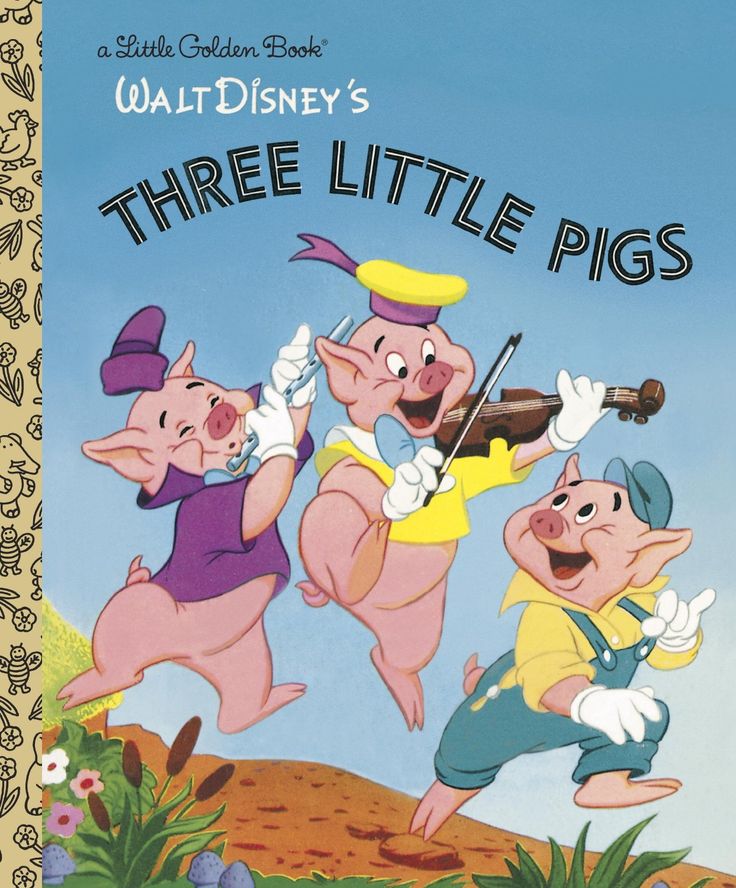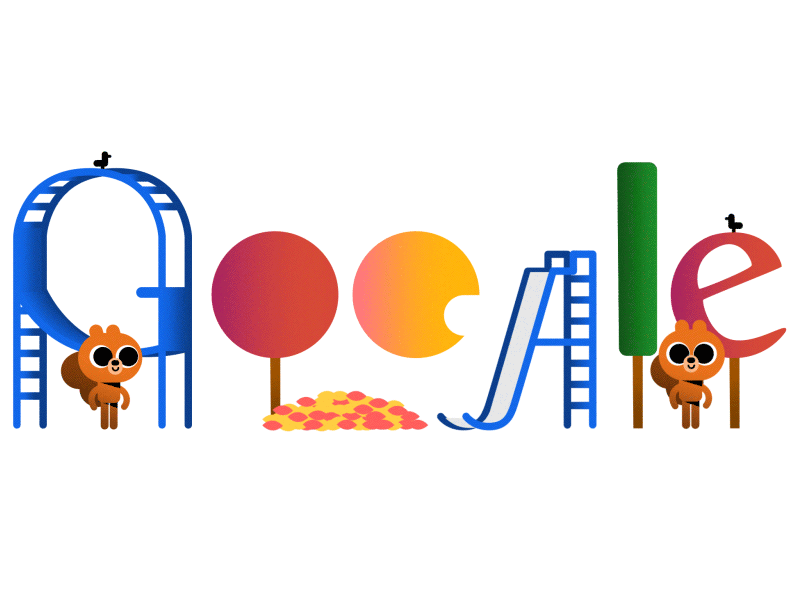Kindergarten short vowel
How do you Teach Short Vowel Sounds in Kindergarten and First Grade?
First of all, do you know how easy it is to hit the "b" when typing the word vowel?
Without editing, this whole post could have been about short bowels...Oh, my!
Let's face it! Short vowels are hard to teach and difficult to learn!
What's a teacher to do?? Well, I have some questions for you.
1) In what order do you teach the vowels?
2) How long to you spend on each vowel?
3) Do you teach vowels using word families?
4) Does that seem like a lot of questions?
I've been in education awhile, and it seems like every few years, we're told something different from the "experts" about teaching Phonics. You're thinking, "But wait, I thought we were the experts!" Ahh!
Thankfully, for first grade teachers, most students come to us knowing the sounds short vowels make. But the littles who don't-Whew! Seriously!
How do the PreK and Kindergarten teachers do it?? Insert pat on the back here.
So, how do I teach short vowels?
We spend about two weeks on each sound. I teach them in this order-a, i, o, u, e. I save "e" for last. It's so similar to "i" and let's face it, we don't really use that sound much in the South...
Image from Kinderglynn
See what I mean? In the South, that rhymes.
I introduce/review the sound on Monday during Morning Meeting. If there is literature available using that sound, I use it. For instance, Joy Cowley's Dan the Flying Man is great for introducing short "a". It's available in big book format and in 6-packs with CD! They can listen all week!
Image from The Wright Group
We use large letter cards to put short "a" chunks together. For instance, the letter cards "a" and "d" make -ad. We then add a beginning sound to that chunk (-ad becomes "mad"). We make as many chunks as can brainstorm.
We do these types of activities every morning for the two week period we cover the vowel.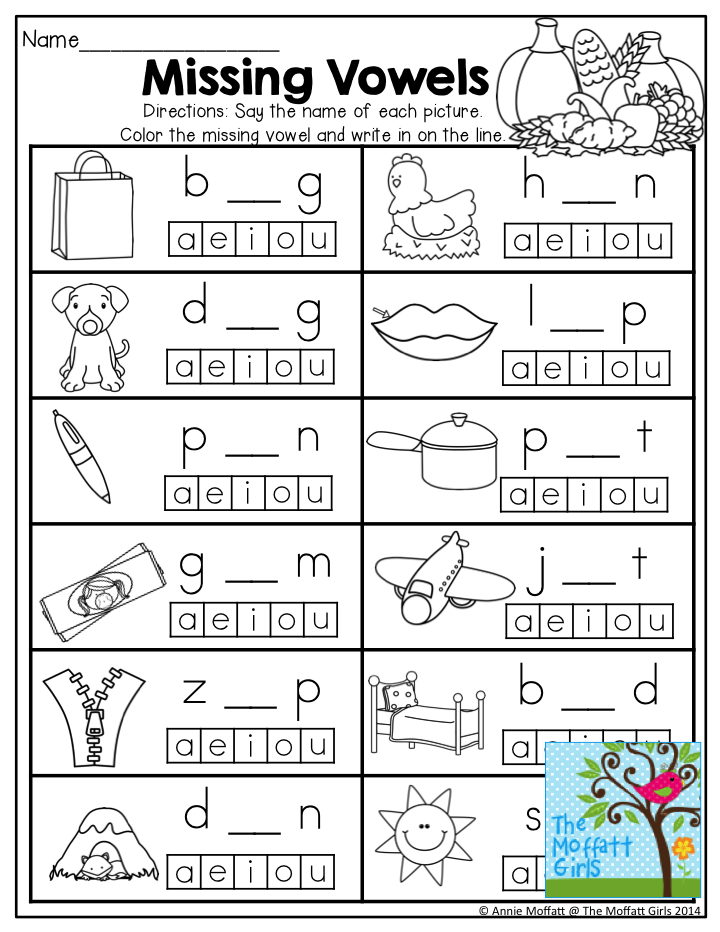 During the first week, I post my Read the Room cards (see below), however, the kiddos don't complete this activity until the second week. I like having the cards up for them to read that first week.
During the first week, I post my Read the Room cards (see below), however, the kiddos don't complete this activity until the second week. I like having the cards up for them to read that first week.
From the beginning of the year, I teach my students to use Elkonin Boxes. See this post for directions on these very powerful tools for segmenting sounds. I use sound boxes EVERY DAY in small groups, and once kiddos feel comfortable, they use them independently in word work stations. They also complete short vowel booklets which reinforce the use of sound boxes and using words in contextual sentences.
This one was letting her peace tattoo "set!" Ha!
During the two week period, we complete A LOT of short "a" activities. I want these pumpkins to habituate that sound and be able to make and break words easily. This is truly the first step in seeing how words work.
Here are a few more items I created and will use with my kiddos.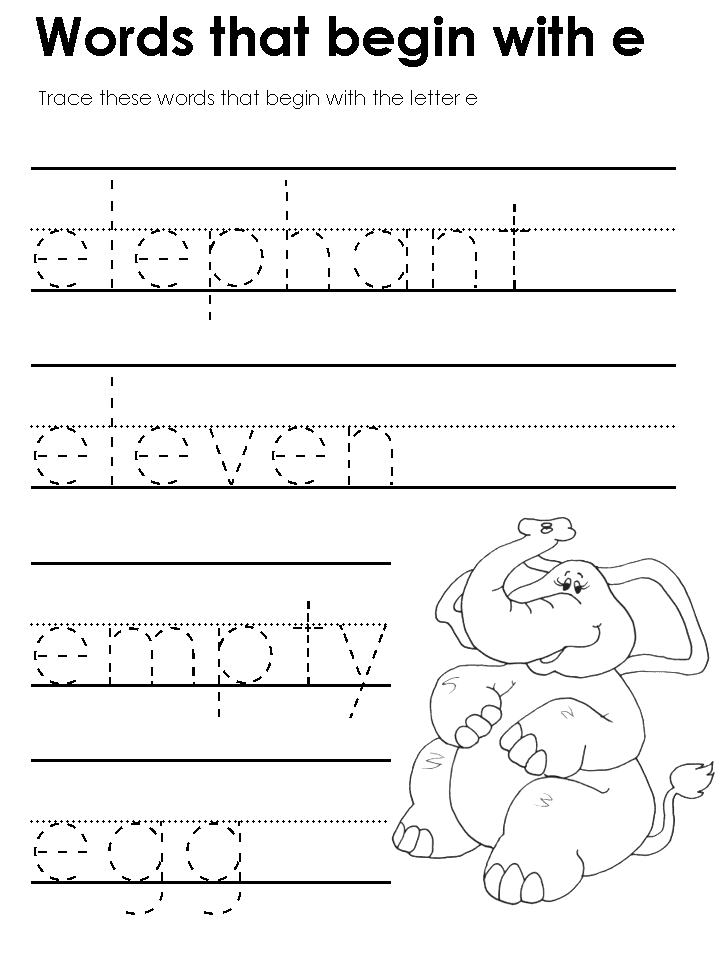
I created a Read and Write the Room for each short vowel (CVC pattern). All packets contain 24 cards and a choice of recording sheets.
I will keep these word cards posted on the wall for the entire two weeks we cover that vowel. You can read more about Read and Write the Room here.
I also created "I Have, Who Has" games for each short vowel. The cards and words match my Read and Write the Room packs.
We will play these games once a day during the two week period. We'll time ourselves and try to beat each day's time. The kids love this!
We also spend quite a bit of time reviewing sounds throughout the year. Here's an example of a Monday Phonics chart.
AND-I like to throw in a few sneaky reviews-where the kiddos don't realize they're reviewing. My kiddos love puzzles, and Lakeshore Learning has such great quality!
They offer a 4-letter version of this puzzle, too.
The vowel practice never stops! Ha!
So, how do you teach short vowels?
Happy weekend, y'all!
FREE Printable Short Vowel Worksheets for Pre-k and Kindergarten
1st grade • 1st Grade Language arts • FREE Printables • Kindergarten • Kindergarten Language Arts • Language Arts • VowelsFebruary 14, 2022
by Beth Gorden
Kids will love learning cvc words with these fun and free Short Vowel Worksheets.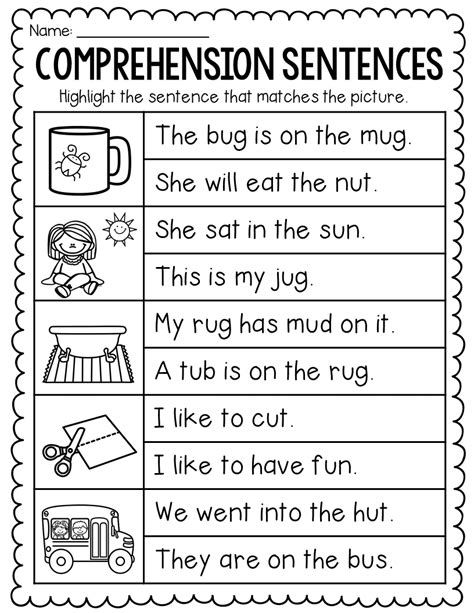 With these short vowel sounds worksheets, children will learn about cvc words and the short a, e, i, o and u vowel sounds. These cvc worksheets are perfect for pre-k, kindergarten, and first grade students. Simply print short vowel worksheets pdf and you are read to play and learn!
With these short vowel sounds worksheets, children will learn about cvc words and the short a, e, i, o and u vowel sounds. These cvc worksheets are perfect for pre-k, kindergarten, and first grade students. Simply print short vowel worksheets pdf and you are read to play and learn!
Short Vowel Worksheets
With an exciting everyday theme, these short vowel worksheet pages are a great no prep, printable pack for kids to read, learn, color and write! This vowel words worksheet is a great resource for literacy, writing and more! Our free printable vowels practice worksheets for kids are a fun, no prep way to help teach students educational skills they will need for the future. Whether you are a parent, teacher, or homeschooler – you will love this low prep activity for helping students learn cvc words and short vowel sounds. We love teaching our preschoolers, kindergartners, and grade 1 students the basic skills they will need for the future using fun and exciting worksheets! These no-prep worksheets would be great used as part of a unit study on cvc words, short vowel sounds, parts of speech, or as a way for children to practice their reading, fine motor skills and literacy while having fun.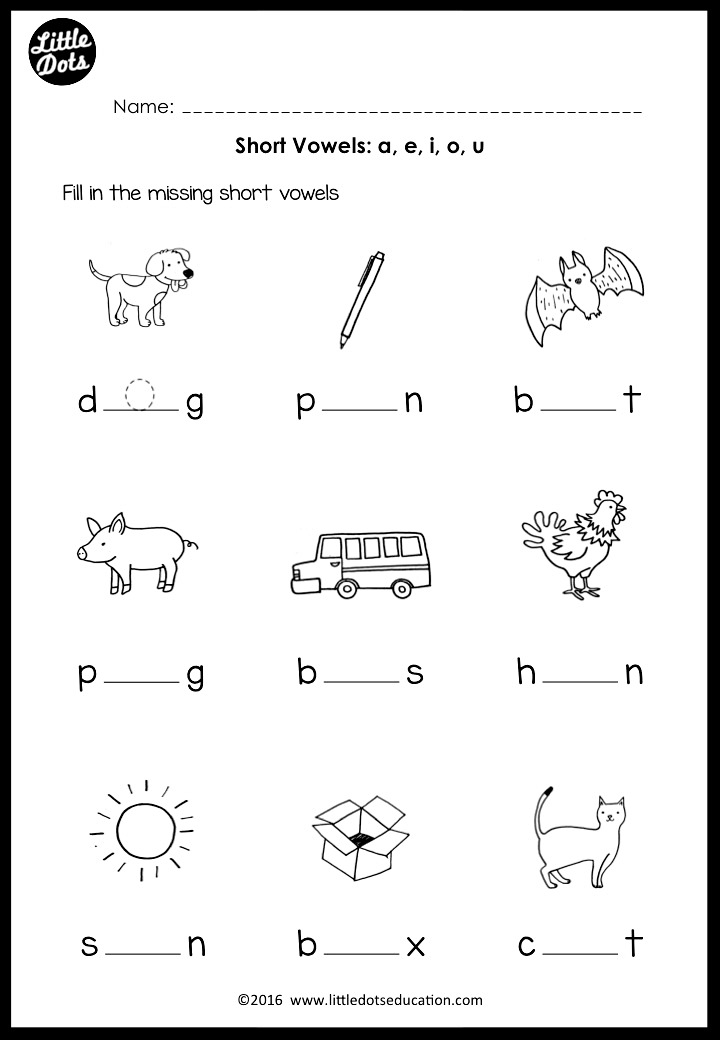
Short vowel sounds worksheets
Start by scrolling to the bottom of the post, under the terms of use, and click on the text link that says >> __________ <<. The pdf file will open in a new window for you to save your freebie. Now print off the no-prep cvc worksheets! These worksheets come in black and white.
Short vowel activities
This worksheet pack contains:
- Look at the picture and color the correct short vowel sound
- Color the picture that shows the correct short vowel sound
- Write in the correct short vowel sound to make the cvc word
- Cut and paste the short vowel sounds into the correct column
Vowel words worksheet
- Color the images with the matching short vowel sound – rain theme for a, watermelon theme for e, ocean theme for i, solar system them for o, and fruit theme for u
- Unscramble the cvc words – ice cream theme
- Spell and find the words – one page for each of the five vowel sounds
Long vowel sounds worksheets
Looking for more practice with the long a sound? Check out these free printables:
- Dot Marker Long a sound Worksheets
- PrintableLong Ai Words Game
- Long a Words Clip Cards
- Spelling Long A Sound Words Worksheet
- Identifying long and short vowel sounds worksheets pdf
Vowels Printables
looking for more fun vowel activities and resources to make learning to read and spell words fun? Check these out!
- Missing Vowels Clip Cards are a fun way for kindergartners and first grade students to practice adding in the missing vowel sounds
- Practice adding short and long vowels to word with these no-prep Vowels Worksheets
- Practice matching vowels sounds to clipart with these puzzles featuring Kindergarten Vowels
- Make practicing FUN with this cute short vowel games or use this long vowel games
- Grab these super cute CVC word puzzles free printable
- Handy Long Vowel Sounds Worksheets
- MIssing Sound Clip Cards Vowel Activities
- Practice adding short a words with this cut and paste activity for kids
- Long a vowel clip cards
- Short e words printable book for practicing adding the e vowel
- Cut and Paste short i words mini book
- Short i words Printable sight word reader for kids to practice reading short i words
- Cute Bunny Short i words puzzles are a fun way for kids to practice listening for the short i sound in words this spring!
- Work on short o words with this cut and paste booklet for kids to read, build, and write
- Cut and paste short u cvc words printable book for practicing adding the u vowel
- Printable vowel activities for kindergarten
- Free Printable Short Vowel Worksheets
- BINGO Short Vowel Game
- See all our Vowels activities here
CVC word printables
Looking for more fun ways for kids to practice cvc words? You will love these FREE resoources
Short vowel worksheets pdf
Before you grab your free pack you agree to the following:
- This set is for personal and classroom use only.
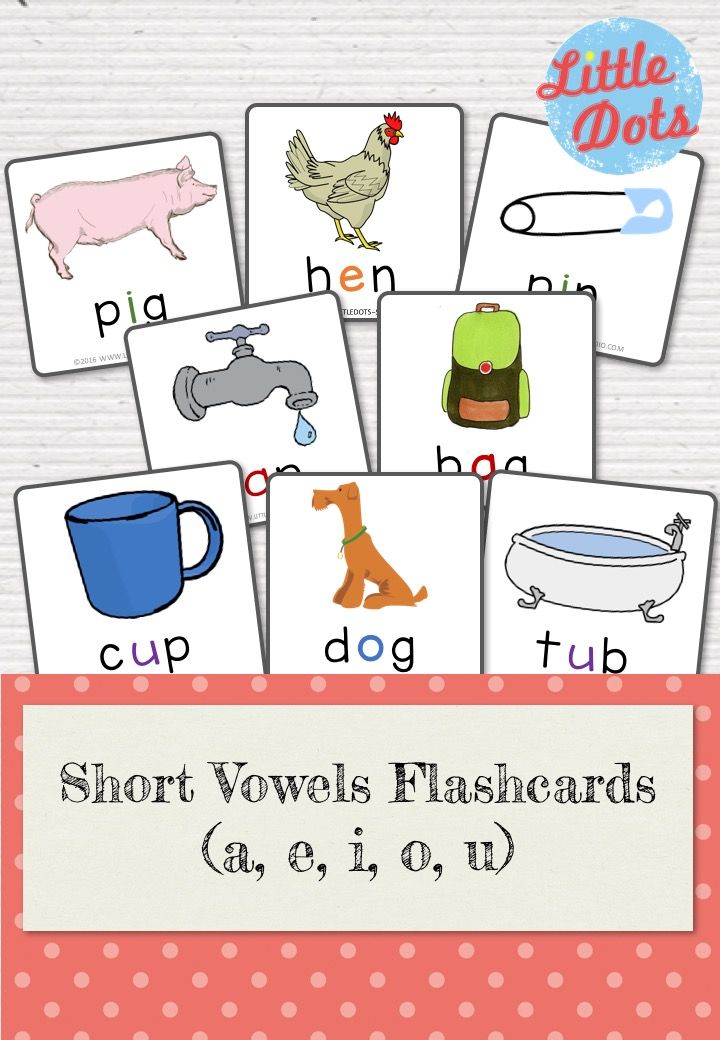
- This printable set may not be sold, hosted, reproduced, or stored on any other website or electronic retrieval system.
- Graphics Purchased and used with permission from
- All material provided on this blog is copyright protected.
>> CVC Vowel Sound Worksheets <<
You may also like
May 4, 2021
October 1, 2020
February 4, 2013
September 19, 2014
October 24, 2020
August 15, 2022
October 1, 2021
December 16, 2020
About the author
Beth Gorden
Beth Gorden is the creative multi-tasking creator of 123 Homeschool 4 Me. As a busy homeschooling mother of six, she strives to create hands-on learning activities and worksheets that kids will love to make learning FUN! She has created over 1 million pages of printables to help teach kids ABCs, science, English grammar, history, math, and so much more! Beth is also the creator of 2 additional sites with even more educational activities and FREE printables - www.kindergartenworksheetsandgames.com and www.preschoolplayandlearn.com
As a busy homeschooling mother of six, she strives to create hands-on learning activities and worksheets that kids will love to make learning FUN! She has created over 1 million pages of printables to help teach kids ABCs, science, English grammar, history, math, and so much more! Beth is also the creator of 2 additional sites with even more educational activities and FREE printables - www.kindergartenworksheetsandgames.com and www.preschoolplayandlearn.com
Vowel sounds and letters. How many are there in Russian?
We will teach you how to write without errors and tell stories in an interesting way
Start learning
The correct pronunciation of words is one of the components of beautiful and literate speech. To achieve this, you will first have to study the sounds themselves. In this article, we will figure out together what vowel sounds are, how many vowels are in the alphabet of the Russian language, and what sounds they can represent.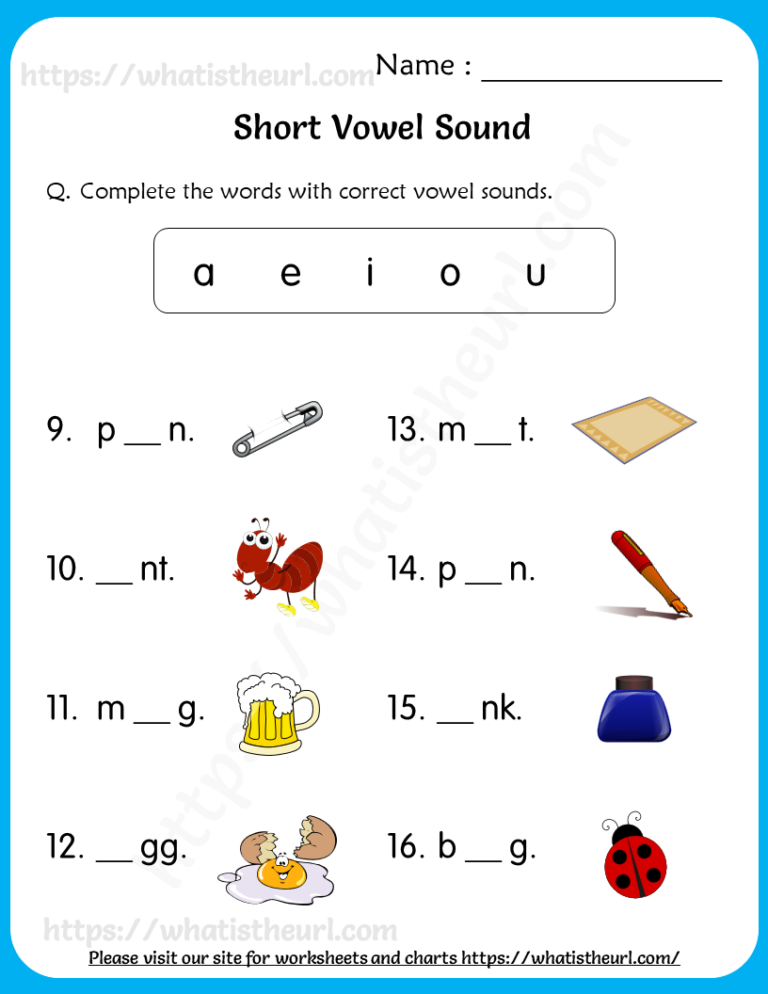
What are vowels and sounds
Vowel sounds are those sounds that we freely convey with our voice. Hence their name comes from: voice means "voice". When pronouncing, air exits through the mouth and does not create noise, and the position of the tongue and lips determines which vowel sound we will pronounce.
There are much fewer vowels in Russian than consonants. There are 6 of them in total: [a], [o], [i], [s], [y] and [e]. To understand whether a vowel sound is in front of you or not, try to sing it. For example:
-
a-a-a ,
-
y-y-y
-
ss .
If it works, then the sound is a vowel. You can't do that with consonants.
There are more vowels than sounds - there are 10 of them: a, i, u, u, o, e, e, e, i, s .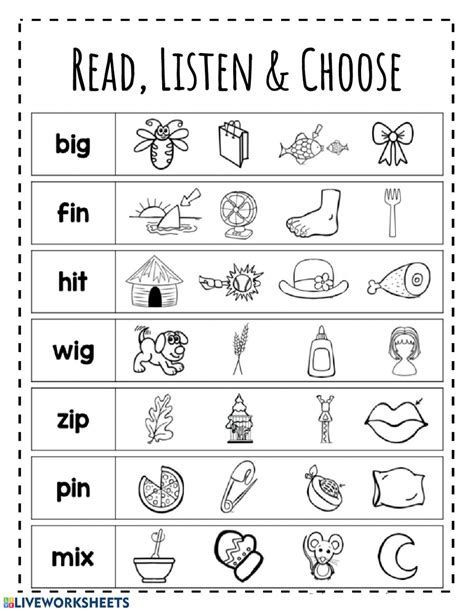 This difference is due to the fact that some of these letters can represent two sounds and are pronounced using a combination of a vowel and a consonant [y']. For example, in word spruce the letter e expresses two sounds - [y'] and [e]. Let's look at the table all the vowel sounds and the letters that represent them.
This difference is due to the fact that some of these letters can represent two sounds and are pronounced using a combination of a vowel and a consonant [y']. For example, in word spruce the letter e expresses two sounds - [y'] and [e]. Let's look at the table all the vowel sounds and the letters that represent them.
| Letter | Sound | Example |
|---|---|---|
| a | [a] | pharmacy |
| i | [a] [d'] + [a] | change anchor |
| y | [y] | moon |
| [y] [y'] + [y] | love skirt | |
| about | [o] [a] | horse milk |
| e | [e] [y'] + [e] [and] | victory raccoon great |
| and | [o] [d'] + [o] | rope hedgehog |
| e | [e] | evolution |
| and | [and] [s] | caviar life |
| s | [s] | choice |
Demo lesson in Russian
Take the test at the introductory lesson and find out what topics separate you from the "five" in Russian.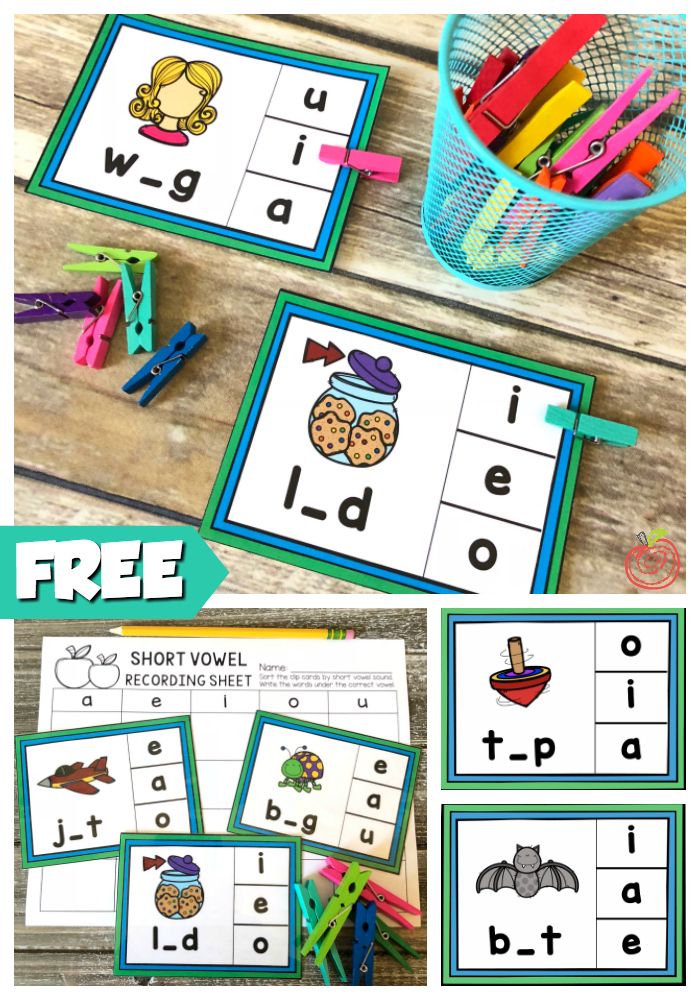
How vowel sounds are related to syllables
Vowel sounds form syllables - sound segments of words that we pronounce with one breath. One syllable can be either a vowel with one or more consonants, or a vowel alone. There is even a rule by which syllables can be counted: how many vowels in a word - so many syllables. nine0003
For example, in the word journey there are 5 vowels: [u], [i], [e], [i] and [e]. This means that it has 5 syllables: p-te-she-stvi-e .
Test yourself!
Count the number of syllables in the words: try on, tanner, well-groomed, care, prefix, capital, wet, invitation, orange .
Vowel sounds and stress
Now let's see what groups vowel sounds are divided into. Sometimes their pronunciation depends on whether the stress falls on them, that is, whether we single them out with our voice. So vowel sounds are divided into stressed and unstressed. Here are some examples:
Here are some examples:
| | | |
|---|---|---|
| | | |
| | | |
| | | |
Stress in Russian can fall on any of the existing vowel sounds. However, only 4 of them can be unstressed - these are [a], [i], [y] and [s]. In this position, we pronounce sounds weaker than under stress, because of which they can change qualities and sound differently.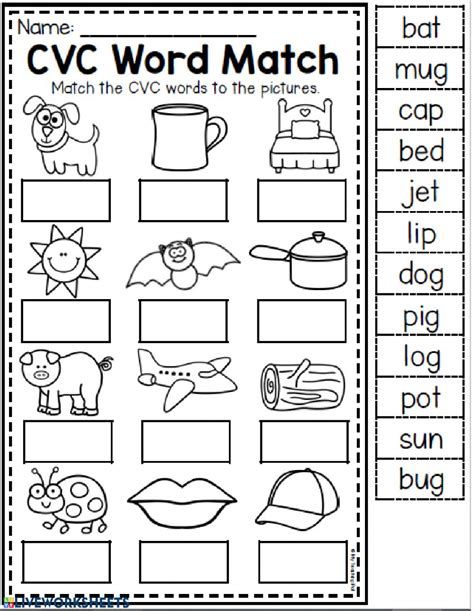
Interestingly, the vowels [o] and [e] can only be stressed. There are only a couple of exceptions to this rule: for example, in words cocoa and canoe sounds [o] and [e] in an unstressed position.
How unstressed vowels are related to consonants
How an unstressed vowel sounds depends on the consonant that precedes it. Or rather, from its hardness or softness. If it is a hard consonant, it can be followed by unstressed vowels [y], [a] and [s]. When we talk about a soft consonant, it is followed by unstressed vowels [y] and [and].
| | |
|---|---|
| | |
| | |
| | |
Test yourself
It's time to find out if you now understand well what vowel sounds are in Russian. To do this, we have prepared tasks for self-examination. nine0003
To do this, we have prepared tasks for self-examination. nine0003
Task 1
List all the vowels in these words:
-
squeal,
-
fair,
-
rejoice,
-
doll,
-
distant,
-
buddy,
-
voting,
-
mirror,
-
story,
-
OK,
-
captivate.
Task 2
Name 5 words each in which the sounds [a], [i], [y] and [s] would be stressed.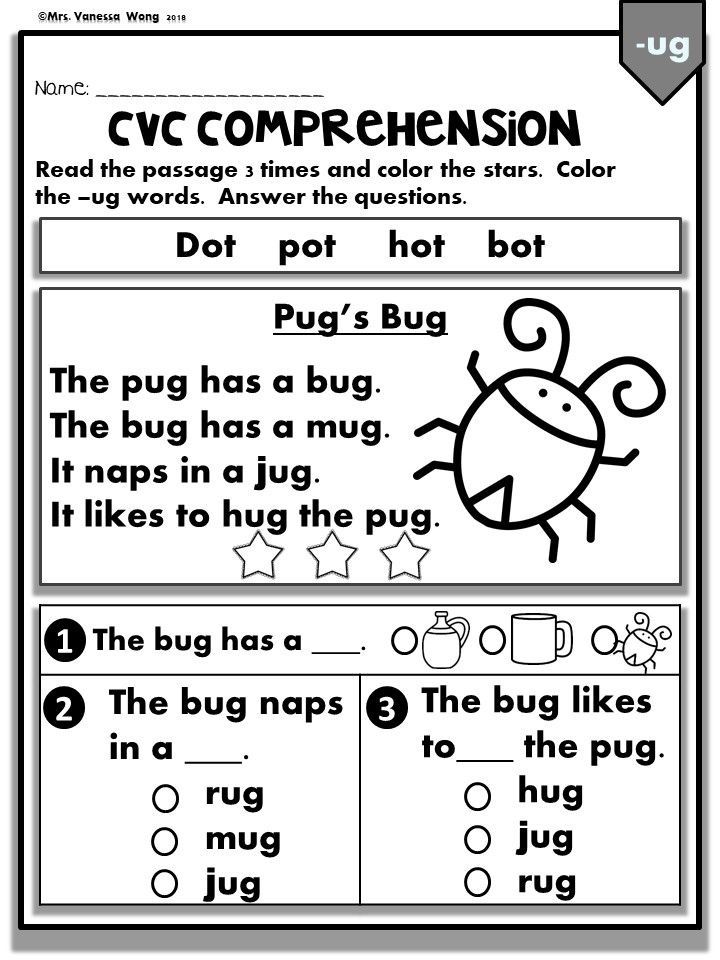
Task 3
Name 5 words in which an unstressed vowel would come after a hard consonant, and 5 more words where it would follow a soft consonant.
Task 4
Count the number of syllables in the words below (don't forget to use the rule you learned at the beginning of the article!):
-
weightless,
-
sunrise,
-
adventure,
-
painter,
-
perpetuate,
-
pleasant,
-
image,
-
category,
-
exciting,
-
melting,
-
snowflake.
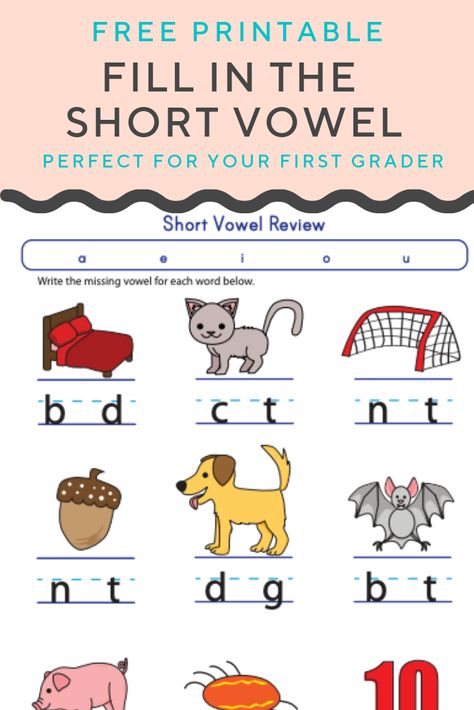
The rules of phonetics help us to speak correctly, so it is important to master the topic of vowels well and avoid gaps in knowledge. If even after reading the article you still have questions on the topic, you can figure them out in the Russian language course at Skysmart. In online lessons, the teacher will help the student work out the theory and consolidate the result on non-boring tasks. So the student will be able to improve the quality of knowledge, and fall in love with the subject. nine0003
Cheat sheets for parents
All Rules in Russian at hand
Alena Fedotova
author Skysmart
to previous article
for the next article
9000.2Kphonetic analysis speech and writing at a free introductory lesson
At an introductory lesson with a methodologist
-
We will identify gaps in knowledge and give advice on learning
-
Let's tell you how the lessons are going
-
Let's choose a course
Hard and soft consonants
Use flashcards to teach your child to tell when consonants are soft and hard.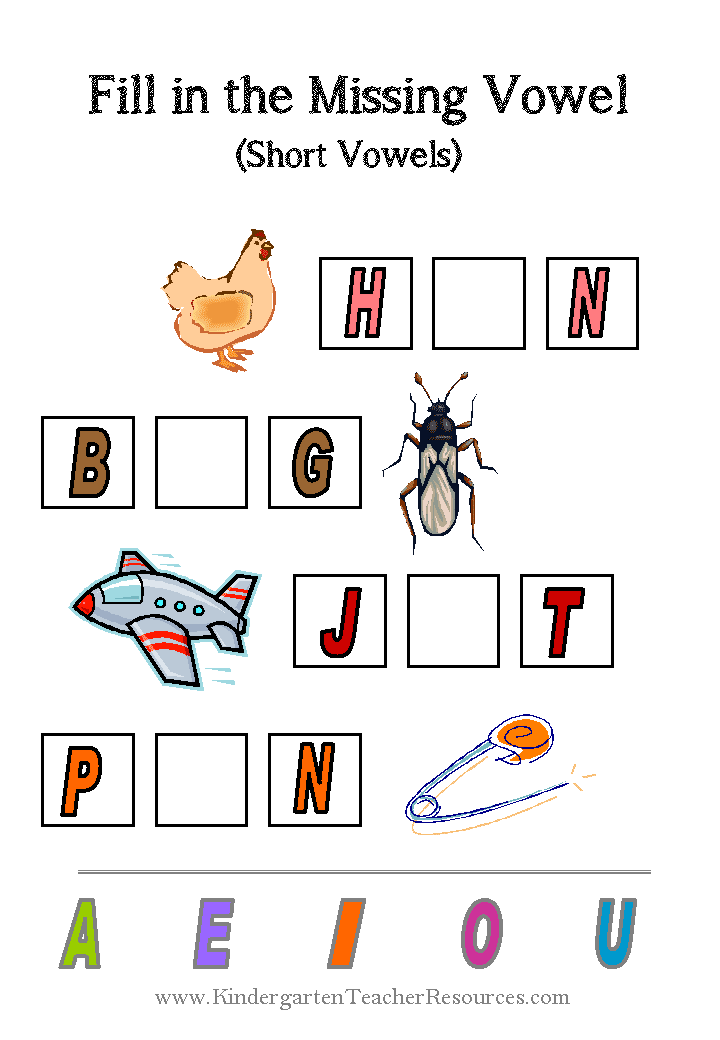
Blue - hard
Green - soft
Hard and soft consonants B - C
Hard and soft consonants0593
solid firm and soft and soft consonant sound Z
solid and soft consonants K - L
9000
Twal and soft consonants m - N
000and soft consonants П - Р
Hard and soft consonants С - Т
Hard and soft consonants Ф - Х
Hard and soft consonants C-CH
Hard and soft consonants Ш - Ш
Consonants can be soft or hard.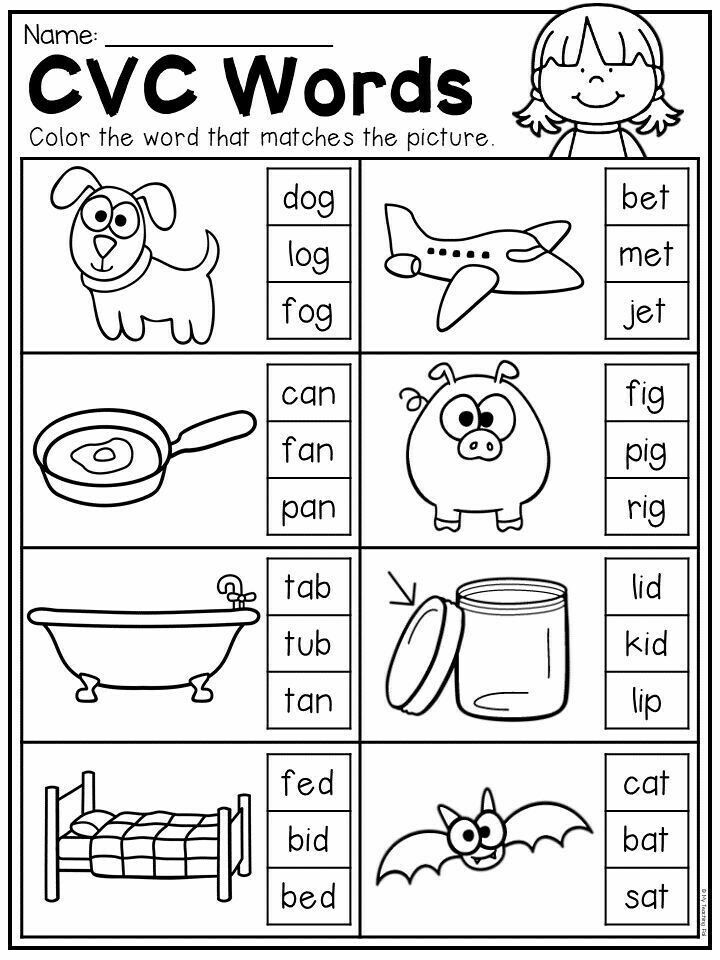 For example, in the word "peace" a soft consonant sound [m'] is heard, and in the word "poppy" a hard consonant sound [m] is heard. The softness of a consonant is indicated by adding the symbol ' to its record, for example: [m'].
For example, in the word "peace" a soft consonant sound [m'] is heard, and in the word "poppy" a hard consonant sound [m] is heard. The softness of a consonant is indicated by adding the symbol ' to its record, for example: [m'].
Remember:
Always soft sounds: [th '], [h '], [u '].
Always solid sounds: [g], [w], [c].
Other sounds are soft if they are immediately followed by the vowels e, e, u, u, i or ь, and hard if they are followed by other vowels and consonants.
Hard and soft consonants differ in the position of the tongue.
When pronouncing soft consonants ([b'], [c'], [e'], [h'], etc.), the entire body of the tongue moves forward, and the middle part of the back of the tongue rises to the hard palate. This movement of the tongue is called palatalization. Palatalization is considered an additional articulation: it is superimposed on the main one associated with the formation of an obstruction. nine0003
When pronouncing hard consonants ([b], [c], [e], [h], etc.